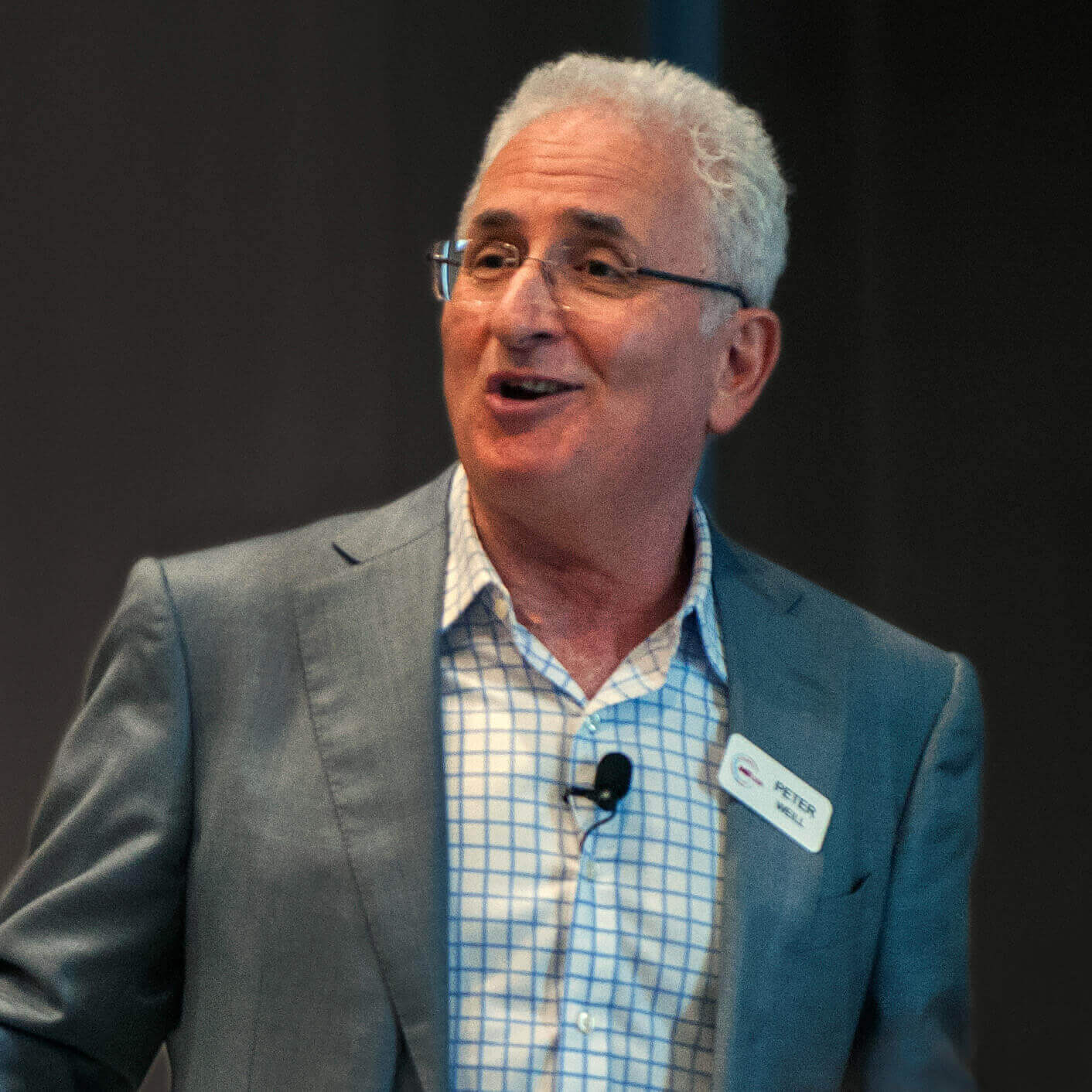High Performance at Mercedes-Benz: Navigating the automotive landscape through digital transformation and customer-centricity
In this interview, Jan Brecht, former CIO of Mercedes-Benz Group AG & Mercedes-Benz AG, delves into the intricate pathways Mercedes-Benz is traversing to ensure resilience and innovation in the automotive industry.In this interview, Jan Brecht, former CIO of Mercedes-Benz Group AG & Mercedes-Benz AG, provides a comprehensive overview of Mercedes-Benz’s business and its transformation endeavours.
Jan underscores the multifaceted nature of transformation, encompassing process modifications, shifts in business models, and innovation. He categorises transformation into three stages of maturity: process optimisation with data-driven insights, business model adaptation, and, at the highest level, business model innovation. There are challenges with technology integration in the transformation journey and Jan underscores the importance of involving employees in this evolution.
Factory 56, Mercedes-Benz’s highly digitalised manufacturing facility, serves as a prime example of a successful IT-driven transformation. The factory’s advanced technology, including adaptable assembly lines, precise torque control, and wireless data transmission, showcases the profound impact of digitalisation on modern manufacturing.
Jan explains Mercedes-Benz’s approach to striking a balance between local innovation and shared capabilities, which hinges on a product-oriented strategy. This approach empowers various locations to take ownership of specific digital products or modules, fostering innovation while adhering to global standards and integration requirements.
There are two substantial opportunities for Mercedes-Benz on the horizon. First, the brand seeks to expedite vehicle engineering by embracing digital twins, substantially reducing development time. Second, there is a concerted effort to simplify the car buying and financing process, aiming to provide customers with a streamlined experience requiring fewer clicks.
Mercedes-Benz navigates the ever-evolving automotive landscape through digital transformation and a strong commitment to customer-centric approaches.
Key Takeaways:
- Efficient schedule management is important, highlighting the significance of a weekly ‘Lookout’ meeting. This regular meeting serves as a tool to streamline tasks and maintain a dedicated focus on critical aspects such as technology, innovation, and customer data.
- Customer interaction involves data analysis to enhance the online sales experience. Jan illustrates this with a practical example where data is leveraged to improve the online car configuration process. The ultimate goal is to reduce the number of clicks required for customers to make a purchase, making the process more user-friendly and efficient.
- There are pivotal megatrends affecting the automotive industry including electrification and software. Robust charging infrastructure in electrification plays a critical role and underscores the significance of digital services in delivering a seamless experience for EV users.






























